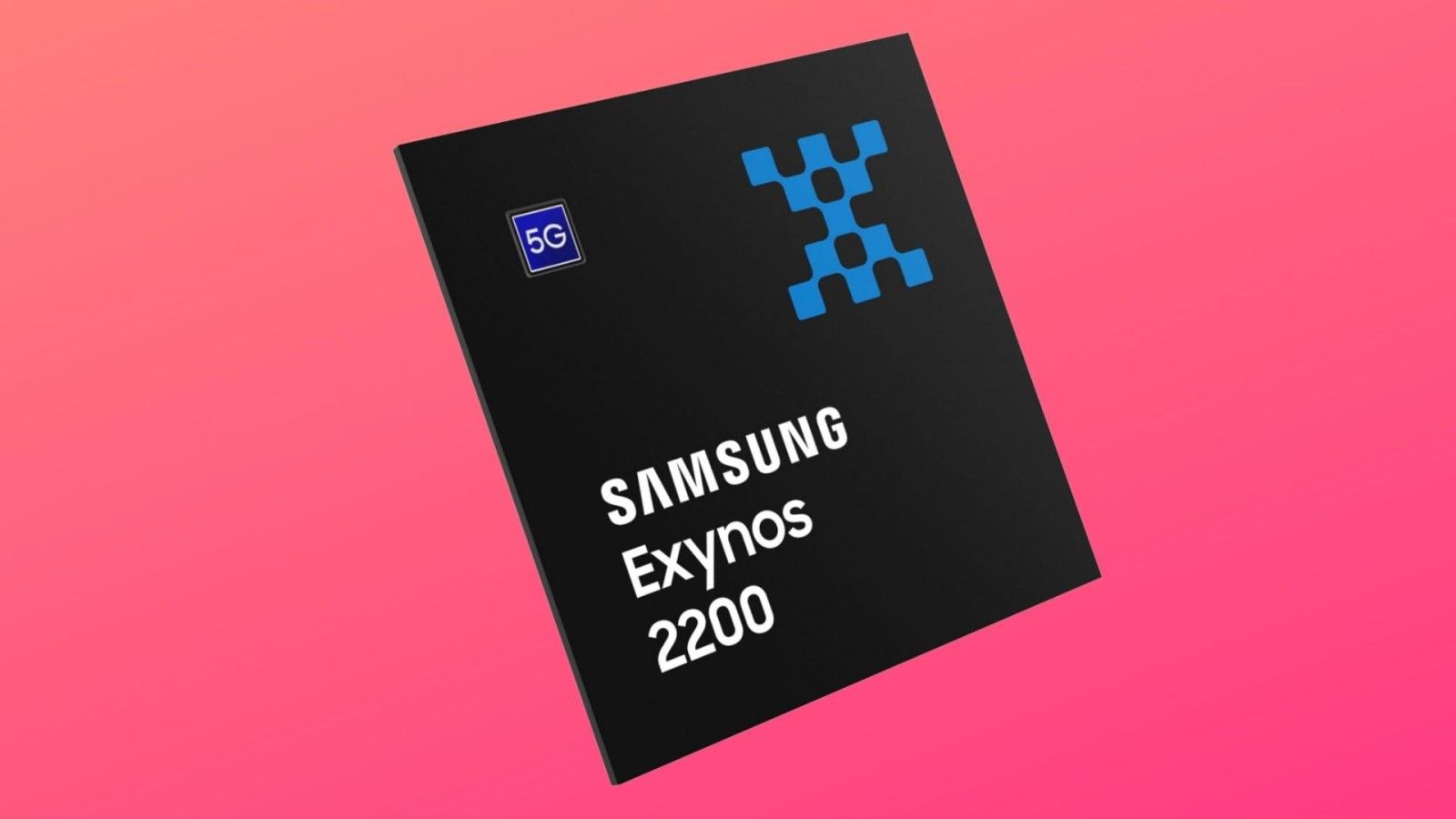It's no secret that Samsung has been working with AMD to create a custom GPU for its Exynos processors, found in global variants of its smartphones. And earlier today, after spending nearly two years in development, the Korean OEM announced the Xclipse GPU as part of the Exynos 2200, which will almost definitely ship with the Galaxy S22 series, rumored to launch in February 2022.
The fabrication of the Exynos 2200 will happen via a 4nm EUV (extreme ultraviolet lithography) process, and it will feature eight cores, one ARM Cortex X2, three performance Cortex A710 (balanced for efficiency), and four power efficiency-based Cortex A510 cores. Alongside this, there is also a new Neural Processing Unit, which Samsung claims has doubled on the performance of its predecessor (NPU on Exynos 2100), and the RDNA 2-based Xclipse 920 GPU.
There are no published clock speeds as of this moment.
Now, focussing more on the GPU, with AMD's architecture as its backbone, the Exynos 2200 is capable of hardware-accelerated ray tracing and variable-rate shading, previously seen on computers and consoles.
If you aren't already aware, Ray Tracing helps simulate how light behaves in the real world in the realm of your game, adding characteristics like light bounce. Whereas, Variable Rate Shading optimizes the amount of work a GPU puts into displaying shading details, allowing it to focus more on prominent areas and less on insignificant portions.
There is also a new image signal processor on Exynos 2200, which can connect up to seven individual image sensors and drive four at a time, allowing you to use multi-camera modes while capturing content. Samsung also states the ISP will support 200MP image sensors. For recording video, the chipset supports 4K HDR or 8K resolution (at 30 frames per second).
Other improvements brought to the Exynos 2200, is its integration of ARM v9 cores, which are said to offer improved security and performance, and a new modem that supports both sub-6Ghz and mmWave spectrum bands and boosts connectivity speeds up to 10 Gbps. Displays on phones powered by this chipset can also have 144Hz refresh rates and QHD+ resolution.
Samsung says the processor is in mass production, so seeing it in the Galaxy S22 Series isn't a far-fetched assumption, and we are excited to see how this collaboration will push forward the competition for mobile gaming.

